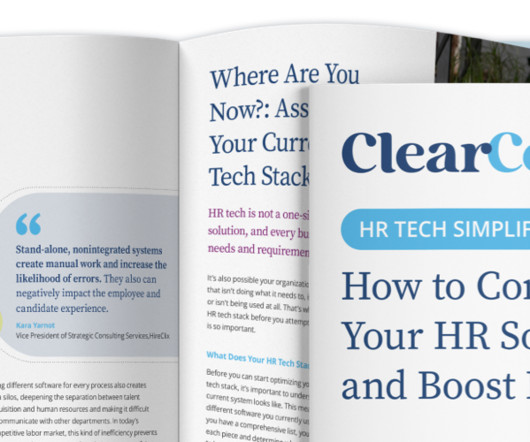50 Real-World Examples of Great Company Culture
Peoplebox
FEBRUARY 7, 2025
LinkedIn A Culture of Growth and Professional Development LinkedIn’s company culture revolves around professional growth, learning, and internal mobility. Employees are encouraged to develop their skills and take on new challenges, making it one of the best places for career development.


















Let's personalize your content